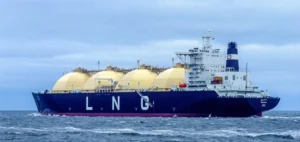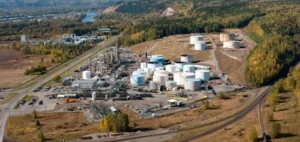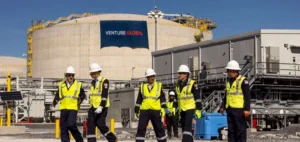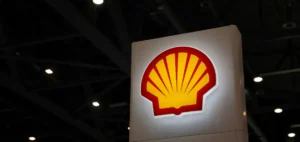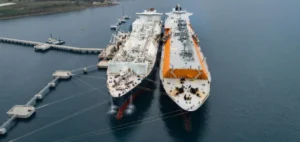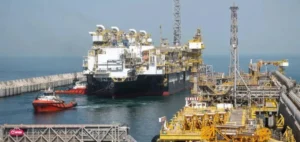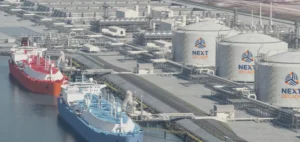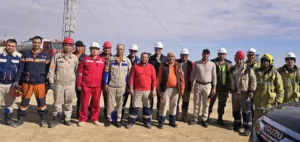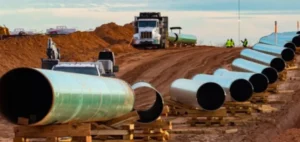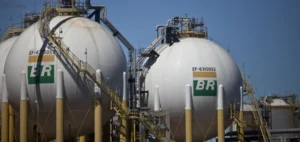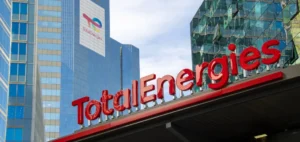Egypt is forced to rely on external financing to bridge the growing gap between its national gas production and domestic energy demand.
In 2024, the country’s gas production will reach its lowest level in six years, while demand continues to rise due to population growth and rapid urbanization.
Saudi Arabia and Libya are providing around $200 million in financial assistance for the purchase of liquefied natural gas (LNG) cargoes, enabling Egypt to maintain minimal supplies during the summer.
The Egyptian government still needs to find nearly $2 billion to cover its gas requirements until the end of October.
Foreign currency reserves are under pressure, limiting the LNG import capacity needed to meet the growing demand for electricity.
Growing dependence on regional partners
Aid from Saudi Arabia and Libya illustrates Egypt’s growing dependence on its neighbors to stabilize its energy supply. Industry sources indicate that Saudi Arabia is financing three of the LNG cargoes imported this year, worth around $150 million, while Libya, through the National Oil Corporation (NOC), is supporting a cargo valued at $50 million.
This financial support is essential to maintain LNG imports, as Egypt struggles to avoid depleting its foreign currency reserves.
The rising cost of gas imports comes against a backdrop of steadily declining domestic production. The Zohr field, once seen as a strategic lever for energy independence, has seen production fall from 3.2 to 1.9 billion cubic feet per day since 2019, a situation exacerbated by water injection problems in the reservoir, making extraction more complex.
Impact on energy and economic policies
Egypt faces a dual challenge: managing the growing demand for energy while limiting the economic impact of high subsidies on the state budget.
Since March 2024, the Egyptian pound has suffered a 60% devaluation, leading to galloping inflation.
In response, the government has attempted to increase fuel and food subsidies, but these measures are insufficient to offset the rising costs to the population.
The foreign debt burden linked to gas and fuel imports has reached around $6 billion.
This accumulation of debt is also slowing down new investment in the sector.
Operators such as Eni, present in Egypt, are adjusting their investments according to the evolution of the economic situation and debt repayments.
Other players, such as Petronas, are putting their projects on hold until they recover the sums owed.
Pressures on energy consumption and future challenges
The outlook for energy consumption in Egypt shows a projected increase of 39% over the next ten years, fuelled by rapid industrialization and urbanization.
This increase, coupled with falling domestic gas production, is creating a critical situation for the country’s energy infrastructure.
Power cuts are becoming frequent, disrupting economic activities and risking social tensions.
The government must explore alternative solutions to diversify its energy supply sources and strengthen the resilience of its network.
However, current market conditions and the management of debts to international companies complicate the implementation of such strategies.






